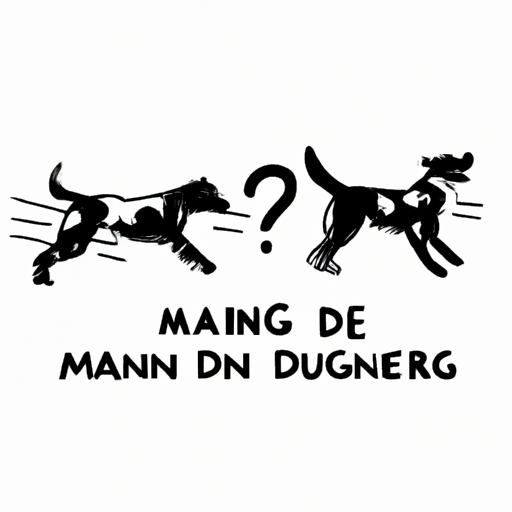Understanding Dog Behavior
As a dog owner, you’ve probably found yourself on edge while watching your dog interact with others. Are they playing or are they fighting? It can be a fine line. Remember, dogs are not humans, their play can often look startlingly similar to fighting. To help you make sense of their behavior, let’s delve into some key indicators.
The Dynamics of Dog Play
Dog play often involves chasing, pouncing, wrestling, and even growling. The key is to look for these indicators:
- Play bows: This is when a dog puts their front legs on the ground and their rear end in the air. It’s an invitation to play.
- Self-handicapping: In this case, a larger dog might let a smaller dog “win” during play.
- Role reversal: Dogs may alternate roles during play, such as chaser and chased.
| Behavior | Interpretation |
|---|---|
| Play bows | Invitation to play |
| Self-handicapping | Larger dog letting smaller dog “win” |
| Role reversal | Dogs alternating roles during play |
Signs of Dog Fighting
Now, let’s focus on the signs that might indicate a fight, rather than play:
- Stiff body posture: If a dog’s body is rigid, they’re likely not relaxed.
- Prolonged growling or snarling: Short growls can be part of play, but constant growling isn’t.
- Lack of breaks: Dogs at play will take breaks. If they’re not, it could be a sign of aggression.
Intervention and Prevention
If you suspect that your dogs are fighting rather than playing, it’s crucial to intervene before anyone gets hurt. Here are some tips:
- Don’t physically separate them: This could result in injury to you. Instead, make a loud noise to distract them.
- Use a deterrent: There are sprays available that can safely break up a dog fight.
- Prevention is the best cure: Supervise play times, especially with new dogs, and recognize the signs of aggression early.
Remember, you’re the best judge of your dog’s behavior. Trust your instincts.
Frequently Asked Questions
Q: Are dogs supposed to growl when they play?
A: Yes, growling can be part of normal dog play.
Q: My dog’s play seems very rough. Should I be concerned?
A: Not necessarily. Some dogs just play rough. Look at the overall body language and if both dogs seem to be having fun.
Q: How can I help my dogs get along better?
A: Early, positive introductions and consistent, positive reinforcement for good behavior can help dogs get along better.
Q: Is it normal for dogs to bite each other while playing?
A: Yes, as long as the biting is gentle and not causing any distress to either dog.
Q: What should I do if a fight does break out?
A: Never try to physically separate fighting dogs. Use a loud noise to distract them or a deterrent spray.



